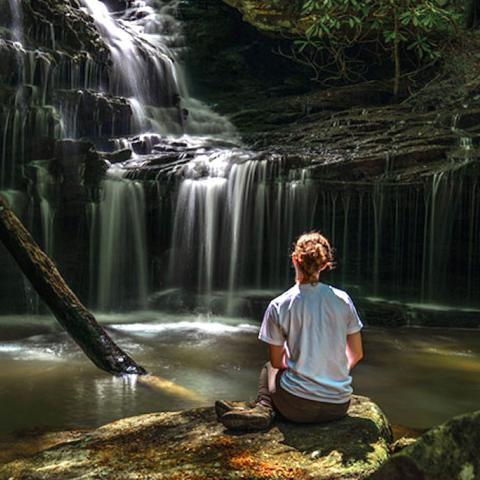Back in 2009, a small herd of bison was relocated from Wind Cave National Park in South Dakota to Tallgrass Prairie National Preserve in Kansas. The goal was not only to restore an essential foundational species of wildlife that had not grazed on those lands for more than a century, but to also reestablish the unique ecological benefits bison bring to the landscape while preserving the genetic integrity of the species.
